Saleem Siddiqui - Learning Test-Driven Development: A Polyglot Guide to Writing Uncluttered Code
Here you can read online Saleem Siddiqui - Learning Test-Driven Development: A Polyglot Guide to Writing Uncluttered Code full text of the book (entire story) in english for free. Download pdf and epub, get meaning, cover and reviews about this ebook. year: 2021, publisher: OReilly Media, genre: Home and family. Description of the work, (preface) as well as reviews are available. Best literature library LitArk.com created for fans of good reading and offers a wide selection of genres:
Romance novel
Science fiction
Adventure
Detective
Science
History
Home and family
Prose
Art
Politics
Computer
Non-fiction
Religion
Business
Children
Humor
Choose a favorite category and find really read worthwhile books. Enjoy immersion in the world of imagination, feel the emotions of the characters or learn something new for yourself, make an fascinating discovery.
- Book:Learning Test-Driven Development: A Polyglot Guide to Writing Uncluttered Code
- Author:
- Publisher:OReilly Media
- Genre:
- Year:2021
- Rating:5 / 5
- Favourites:Add to favourites
- Your mark:
Learning Test-Driven Development: A Polyglot Guide to Writing Uncluttered Code: summary, description and annotation
We offer to read an annotation, description, summary or preface (depends on what the author of the book "Learning Test-Driven Development: A Polyglot Guide to Writing Uncluttered Code" wrote himself). If you haven't found the necessary information about the book — write in the comments, we will try to find it.
Your code is a testament to your skills as a developer. No matter what language you use, your code should be clean, elegant, and uncluttered? With test-driven development (TDD), youll write better code--code thats easy to understand, retains its elegance, and works for years to come.
This indispensable guide will show you how TDD works in three different languages: Go, JavaScript, and Python. With Learning Test-Driven Development at your side, youll be able to:
- Tame domain complexity using a divide-and-conquer approach
- Understand how TDD works across languages, testing frameworks, and domain concepts
- See how TDD enables continuous integration and continuous delivery
- Support refactoring and redesign with TDD
- Set up a continuous integration environment with the unit tests produced during TDD
- Write clean, uncluttered code using TDD in Go, JavaScript, and Python
Saleem Siddiqui: author's other books
Who wrote Learning Test-Driven Development: A Polyglot Guide to Writing Uncluttered Code? Find out the surname, the name of the author of the book and a list of all author's works by series.



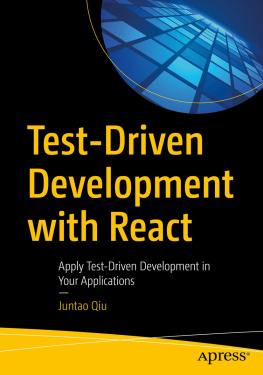
![Percival - Test-driven web development with Python: [obey the testing goat: using Django, Selenium, and JavaScript]](/uploads/posts/book/248536/thumbs/percival-test-driven-web-development-with-python.jpg)

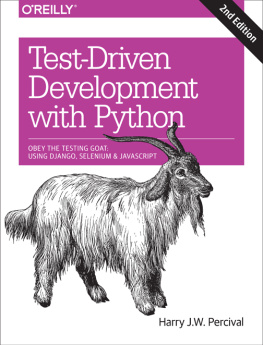
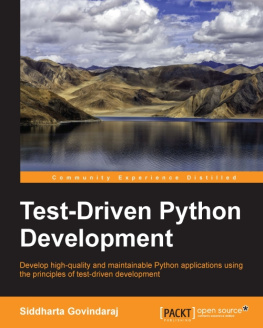
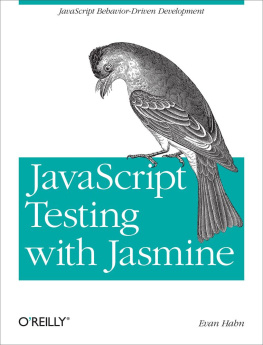
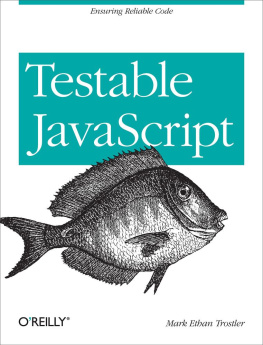
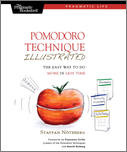
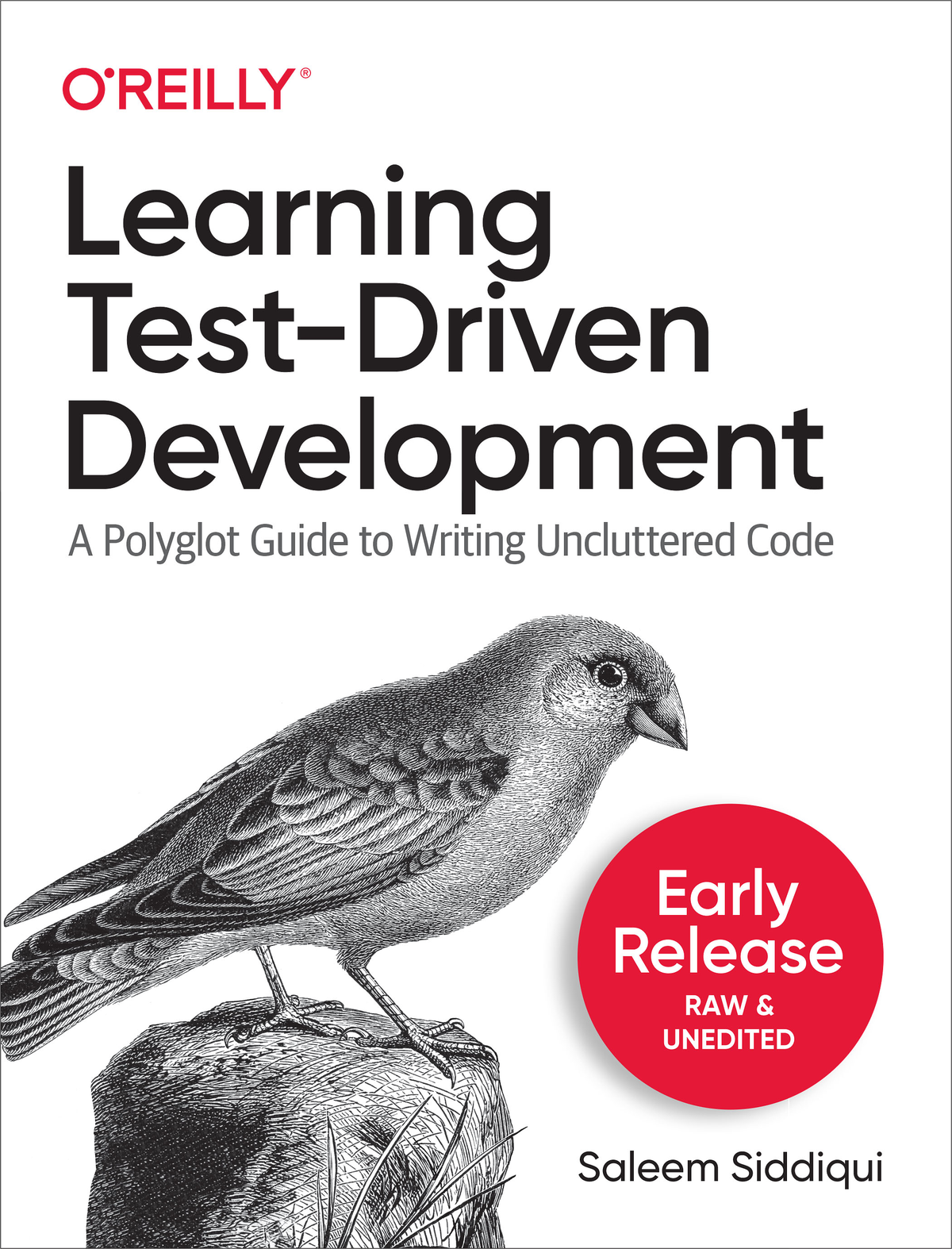
 Ammi,
Ammi, Apa,
Apa,